Owls are not just birds—they’re creatures of mystery and magic. With their silent flight, piercing eyes, and haunting hoots, these nocturnal wonders have fascinated us for centuries. They embody the essence of wisdom and grace, but there’s so much more to them than meets the eye.
From their deadly precision in the hunt to their incredible adaptations for surviving in the dark, owls are nature’s stealthy predators. These birds have secrets that make them stand out in the animal kingdom, and we’re about to uncover them.
Ready to dive into the world of owls? In this post, we’ll explore 22 amazing facts that reveal why these remarkable creatures are so much more than just a symbol of wisdom. Let’s get started!
Owls’ Silent Flight
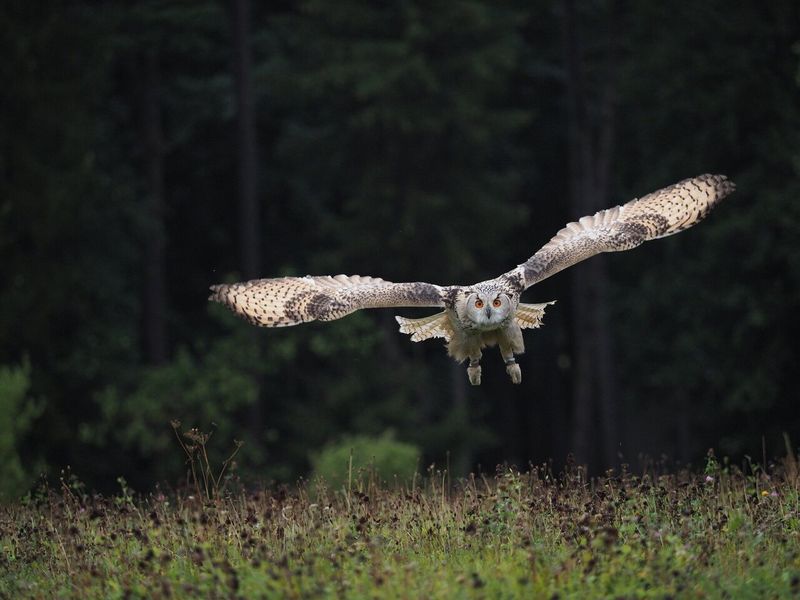
Owls have an extraordinary ability to fly silently, a skill that is crucial for hunting. This silence is facilitated by their unique feather structure.
The leading edges of their primary feathers have a comb-like structure that breaks turbulence into smaller currents, reducing sound. Additionally, the trailing edges of their feathers are soft and fringed, further muffling noise.
This adaptation allows them to swoop down on prey without being heard. Silent flight not only aids in hunting but also helps owls avoid detection by predators. This adaptation is a remarkable example of nature’s ingenuity.
Rotating Heads
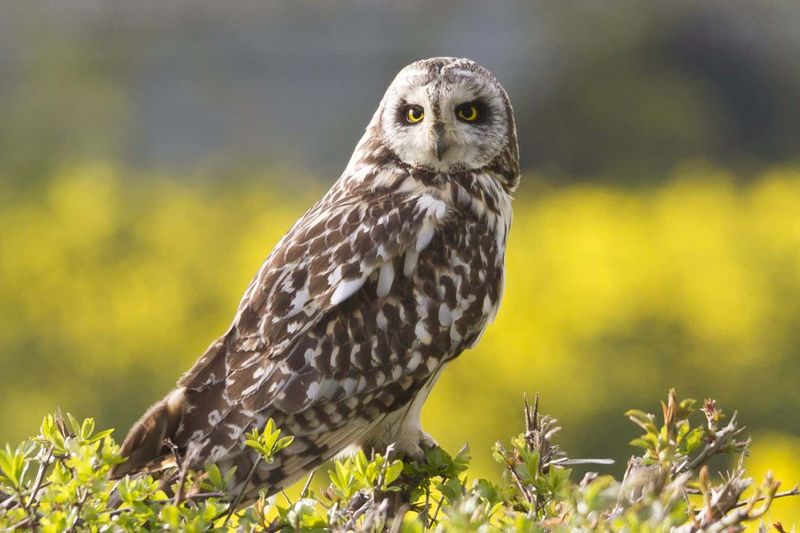
Owls can rotate their heads up to 270 degrees, a skill that compensates for their immobile eyes. Unlike humans, owl eyes are fixed in their sockets, necessitating head movement to look around.
This impressive rotation is made possible by an adaptation in their necks, where they have twice as many vertebrae as humans. This flexibility allows them to maintain a constant field of view, essential for spotting prey and avoiding danger.
This head-turning ability is not only fascinating but also crucial for their survival in the wild.
Owls’ Acute Hearing
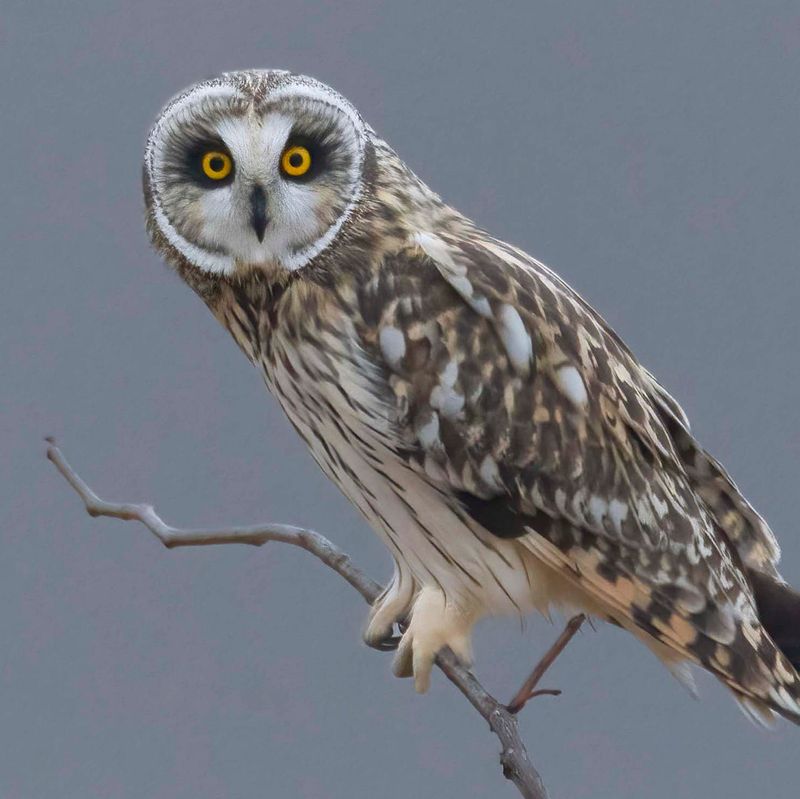
Owls possess exceptionally acute hearing, which is vital for hunting in the dark. Their ears are asymmetrically placed, allowing them to pinpoint the location of sounds in multiple dimensions.
This adaptation enables them to detect even the faintest rustlings of prey beneath leaves or snow. The facial disc, a circular arrangement of feathers around the eyes, acts like a satellite dish, focusing sounds into the ears.
This combination of hearing adaptations allows owls to hunt effectively even in complete darkness, making them formidable nocturnal predators.
Variety of Owl Species
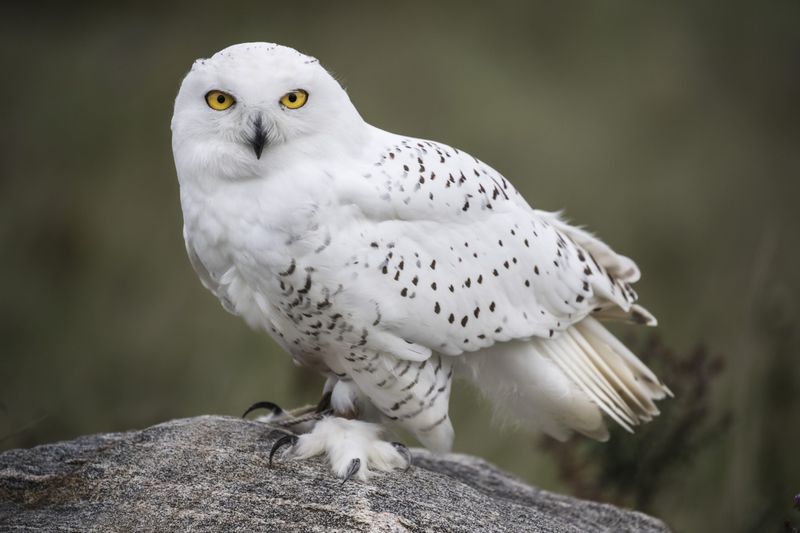
There are over 200 species of owls spread across the globe, each adapted to different environments. From the tiny Elf Owl, which measures just a few inches, to the formidable Great Horned Owl, these species display a remarkable range of sizes, colors, and hunting skills.
Some owls are specialized hunters of fish, while others prefer small mammals or insects. This diversity allows them to occupy various ecological niches. The wide variety of owl species underscores their adaptability and evolutionary success in diverse habitats worldwide.
Owls’ Nocturnal Nature
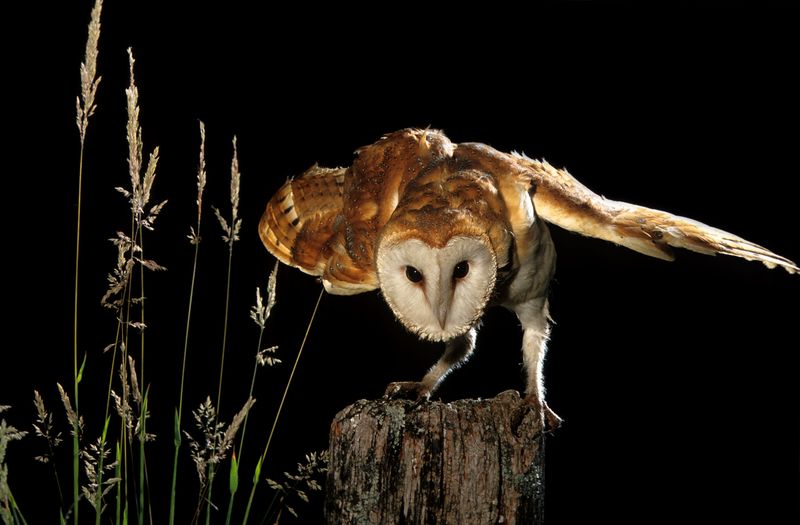
Owls are predominantly nocturnal, meaning they are most active at night. This nocturnal lifestyle is supported by their large eyes, which are adapted for low-light vision.
Their eyes contain many rod cells, allowing them to see well in the dark. Additionally, their eyes are tubular rather than spherical, providing a larger retinal image and enhancing their night vision further.
This adaptation is essential for their success as night hunters, allowing them to exploit food resources unavailable to diurnal birds. The nocturnal nature of owls adds to their mysterious allure.
Unique Owl Eyes
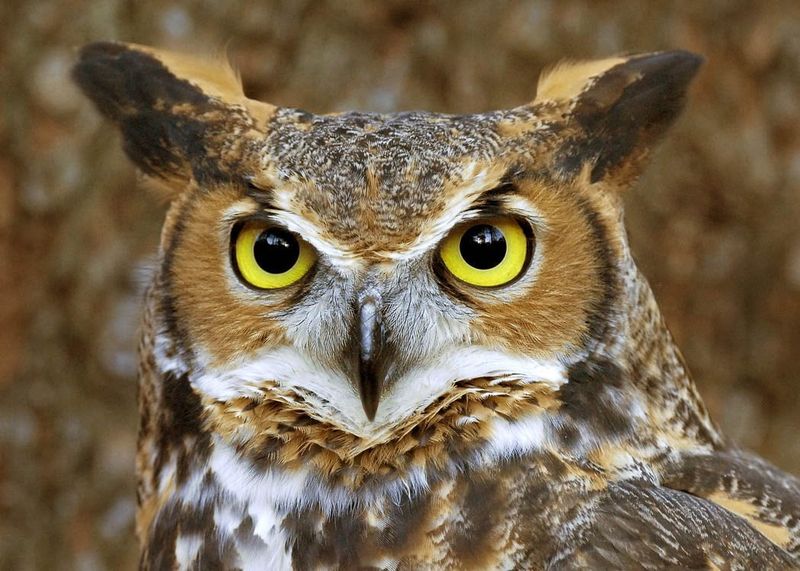
Owls have unique eyes that differ significantly from most birds. Their eyes are large and forward-facing, providing excellent binocular vision and depth perception.
Unlike spherical eyes, owl eyes are tubular, meaning they cannot move as freely. This fixed position enhances their field of vision, critical for hunting. The forward-facing arrangement gives them a wide field of overlapping vision, ideal for judging distances.
This eye structure, combined with their excellent low-light vision, makes owls superb nocturnal hunters, capturing prey with precision in the dark.
Owls’ Camouflage Abilities
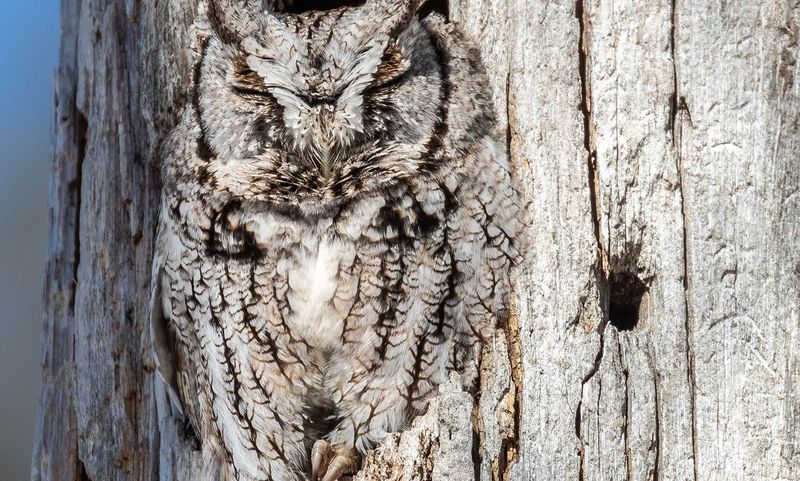
Owls are masters of camouflage, an essential survival trait. Their feather patterns often mimic the colors and textures of their habitats, such as tree bark or foliage.
This camouflage protects them from predators and allows them to ambush prey more effectively. Some species, like the Eastern Screech Owl, are so well-camouflaged that they appear almost invisible when roosting.
This ability to blend seamlessly into their surroundings is a testament to their evolutionary success, providing both protection and an advantage in hunting. Owl camouflage is a fascinating adaptation to their environment.
Diverse Diet of Owls
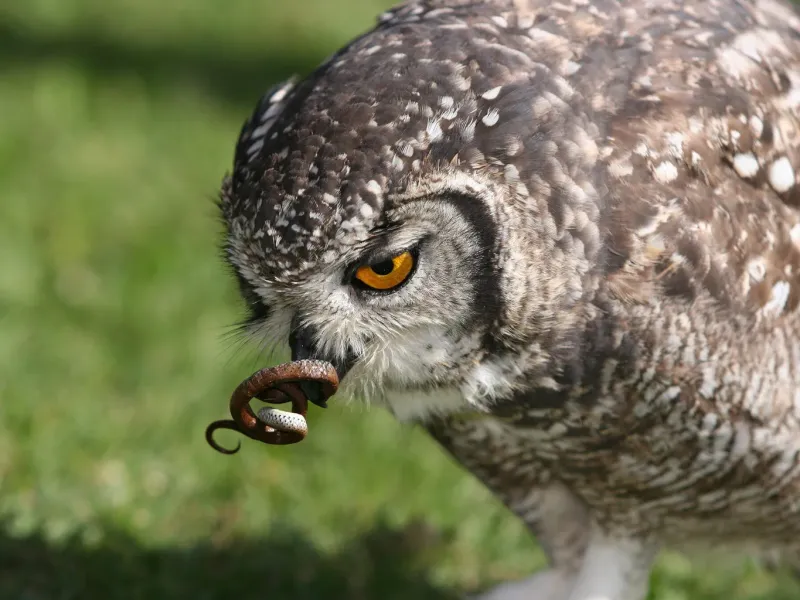
Owls have a diverse diet, varying by species and habitat. Many species primarily hunt small mammals, such as mice and voles, but their diet can also include birds, insects, and even fish.
This variety ensures that owls can thrive in different environments and adapt to available food sources. Some species, like the Barn Owl, specialize in rodent hunting, while others might prefer different prey.
This dietary flexibility helps owls maintain their ecological role as key predators, controlling prey populations and maintaining balance in their ecosystems.
Owls’ Role in Mythology

Owls have held a significant place in human mythology and folklore across various cultures. Often associated with wisdom, owls appear in ancient Greek mythology as a symbol of Athena, the goddess of wisdom.
In many cultures, they have been seen as omens, either of good luck or bad. Their nocturnal nature and silent flight have contributed to their mysterious and sometimes ominous reputation.
Despite varying interpretations, owls have consistently fascinated humans, embodying both awe and superstition in cultural narratives throughout history.
Owls’ Nesting Habits
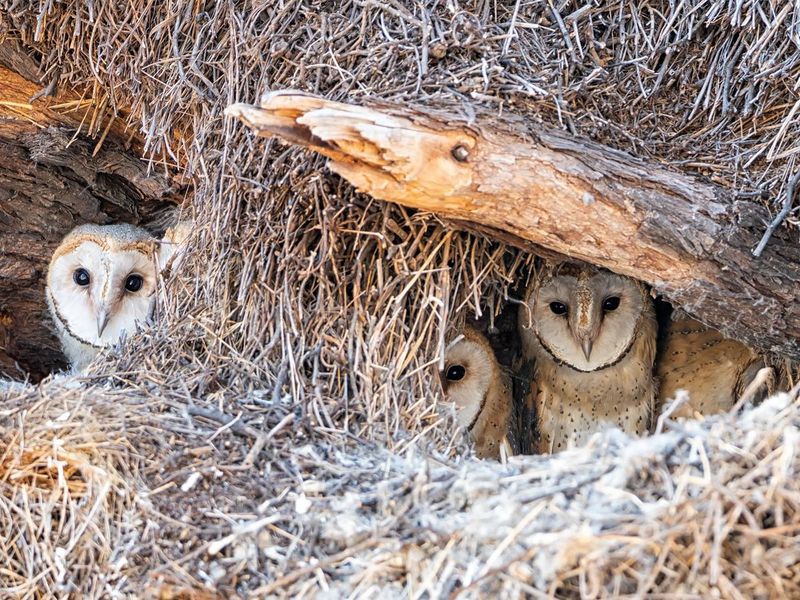
Owls have unique nesting habits that often involve using old nests of other birds, tree hollows, or abandoned buildings. They prefer secluded and secure sites to lay their eggs and raise their young.
Some species, like the Snowy Owl, nest on the ground, using the Arctic tundra’s sparse vegetation for cover. These nesting habits ensure that owl chicks have the best chance of survival, hidden from predators and harsh weather.
This strategic choice of nesting sites is a crucial part of their reproductive success and adaptability in various environments.
Owls’ Unique Vocalizations
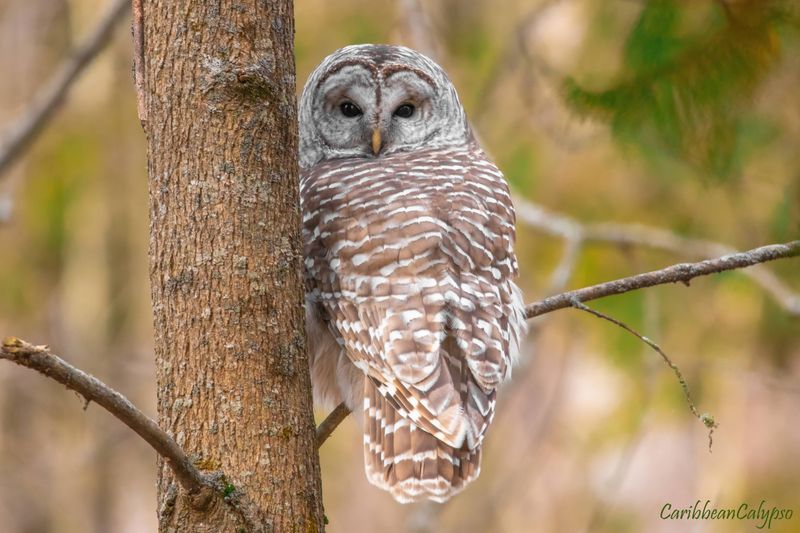
Owls are known for their distinct vocalizations, which vary widely among species. These calls include hoots, screeches, and whistles, used primarily for communication and territory establishment.
Male owls often hoot to attract mates and ward off rivals. Each species has its own unique call, which can be used to identify them in the wild.
These vocalizations are not just for communication; they also play a role in hunting, as some owls can mimic the calls of their prey to lure them in. This vocal diversity adds to their mystique and adaptability.
Owls’ Strong Talons
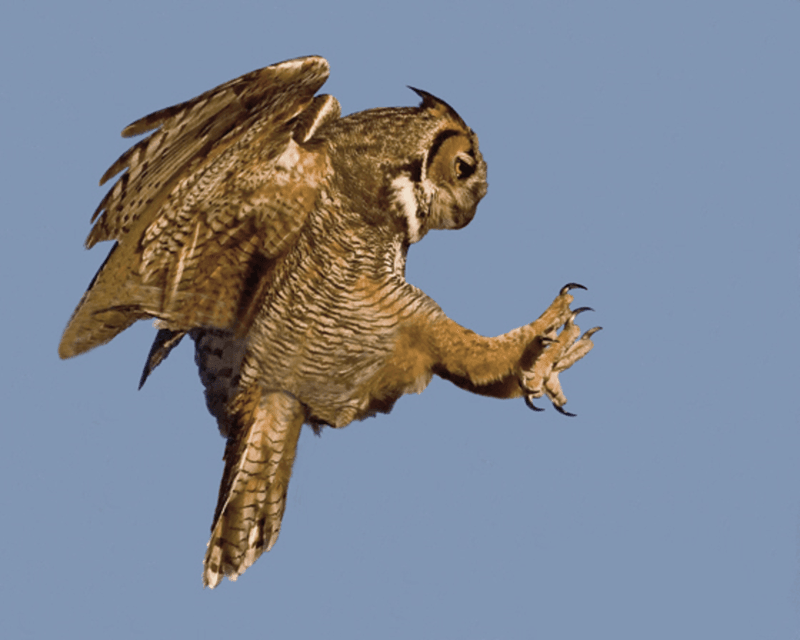
Owls are equipped with powerful talons, essential tools for hunting and capturing prey. These talons are sharp and curved, designed to grip and hold onto slippery or struggling animals.
The strength of owl talons is impressive; they can exert substantial pressure to immobilize prey quickly. This adaptation allows owls to capture and kill their prey efficiently.
The talons are also used for climbing and perching securely. Owls’ formidable talons are a key component of their hunting strategy, enabling them to be effective predators in their ecosystems.
Owls’ Mysterious Facial Discs
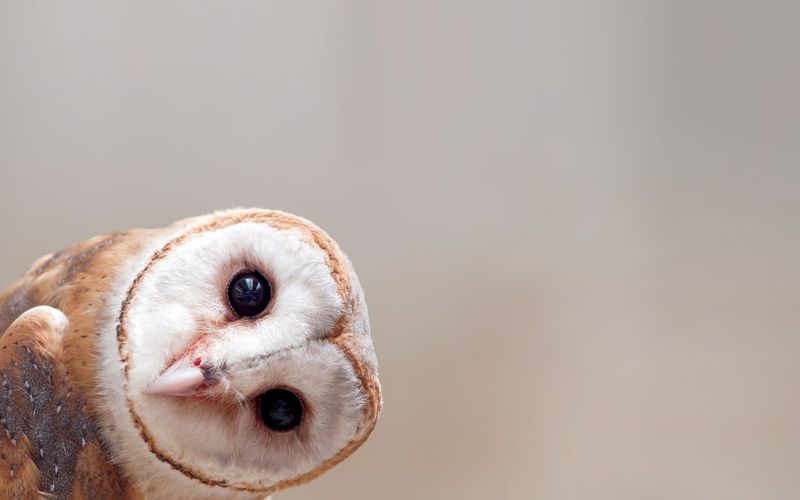
The facial disc of an owl is a distinct, circular arrangement of feathers around its eyes, serving a unique purpose. This disc functions like a radar dish, directing sound waves to the owl’s ears and enhancing its hearing.
The shape and size of the facial disc can vary among species but typically provide superior sound localization abilities. This adaptation helps owls detect prey even in complete darkness.
The facial disc is more than just a characteristic feature; it’s a crucial adaptation that aids in hunting and highlights the owl’s evolutionary ingenuity.
Owls’ Varied Habitat Range
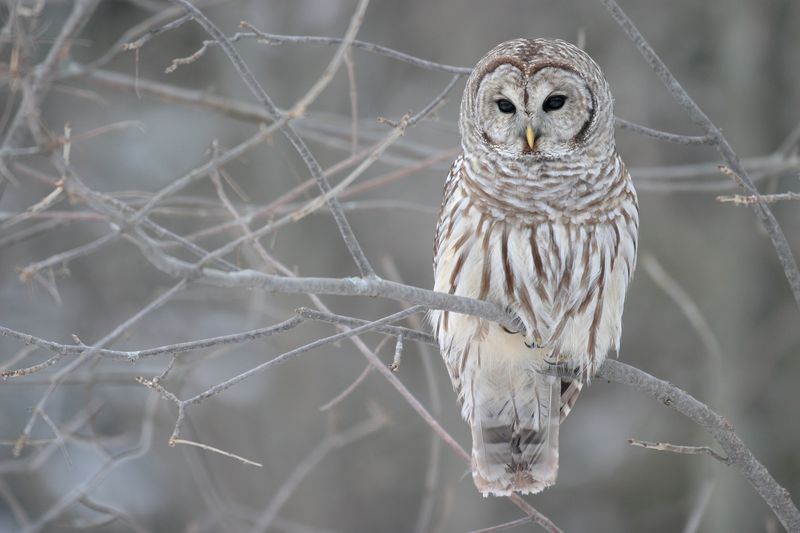
Owls inhabit a wide range of habitats, from arctic tundras to dense forests and arid deserts. This versatility showcases their adaptability to different climates and environments.
Some species, like the Snowy Owl, thrive in the frigid Arctic, while others, such as the Burrowing Owl, prefer open grasslands. This broad habitat range allows owls to occupy diverse ecological niches and avoid competition.
Their ability to adapt to various environments is a testament to their evolutionary success, making them one of the most widespread and resilient bird families globally.
Owls’ Longevity
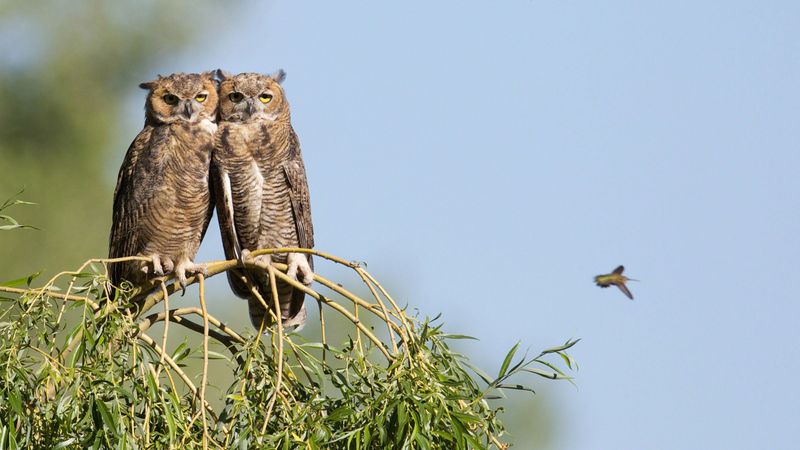
Owls are known for their relatively long lifespans compared to other birds of similar size. In the wild, some species can live for over two decades, while in captivity, they may live even longer.
This longevity is partly due to their efficient hunting skills and adaptability to changing environments. However, factors such as habitat loss and predation can impact their lifespans.
The extended lifespan of owls allows them more opportunities to reproduce and pass on their genes, contributing to the stability and continuity of their populations.
Owls’ Unique Foot Structure
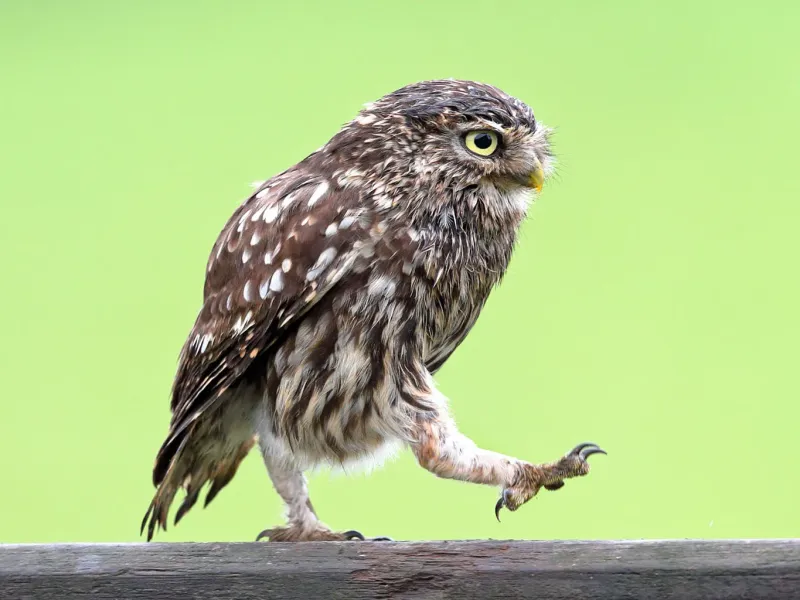
Owls have a unique foot structure known as zygodactyl feet, with two toes facing forward and two facing backward. This arrangement provides a strong grip, essential for capturing prey and perching securely.
Unlike other birds, owls can rotate one of their back toes forward, allowing them greater flexibility in grasping objects. This adaptation is particularly useful in hunting, as it enables them to hold onto struggling prey more effectively.
The zygodactyl foot structure is a fascinating aspect of owl anatomy, contributing to their prowess as hunters and their ability to adapt to various environments.
Owls’ Seasonal Migrations
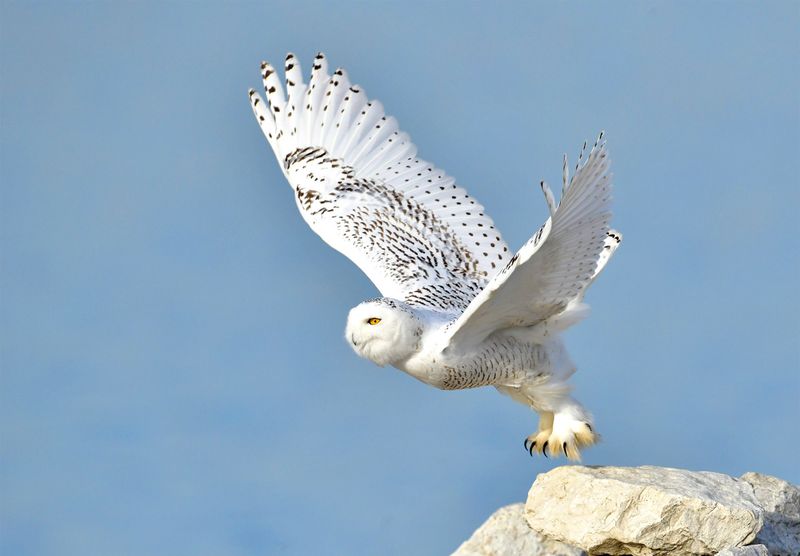
While most owl species are sedentary, some, like the Snowy Owl, undertake seasonal migrations. These migrations are often driven by changes in food availability and weather conditions.
Snowy Owls, for instance, move south during harsh Arctic winters in search of more abundant food sources. Migration allows owls to exploit different habitats and resources, ensuring their survival throughout the year.
However, migration can be challenging, exposing them to new predators and environmental hazards. Despite these challenges, migratory owls demonstrate remarkable resilience and adaptability in their quest for survival.
Owls’ Specialized Beaks
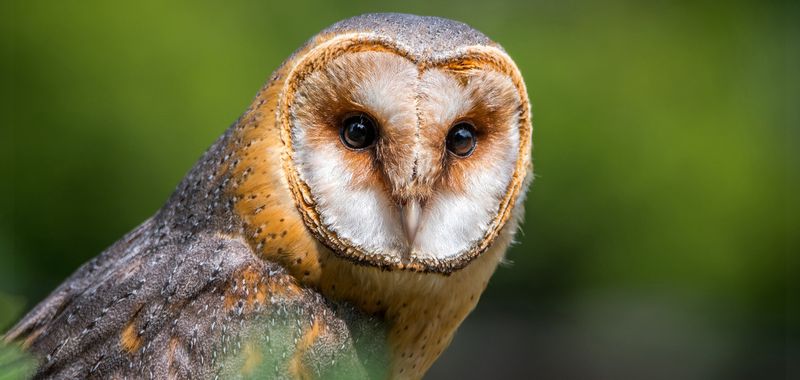
Owls possess specialized beaks that are sharp and hooked, perfectly adapted for their carnivorous diet. These beaks are designed to tear flesh, allowing them to efficiently consume their prey.
Unlike other birds with flat beaks, the owl’s beak is strong and curved, ideal for gripping and quickly dispatching prey. This adaptation is crucial for their role as predators, enabling them to process food rapidly and efficiently.
The specialized beak of an owl is a testament to its evolutionary design, providing the necessary tools for survival in the wild.
Owls’ Cultural Significance
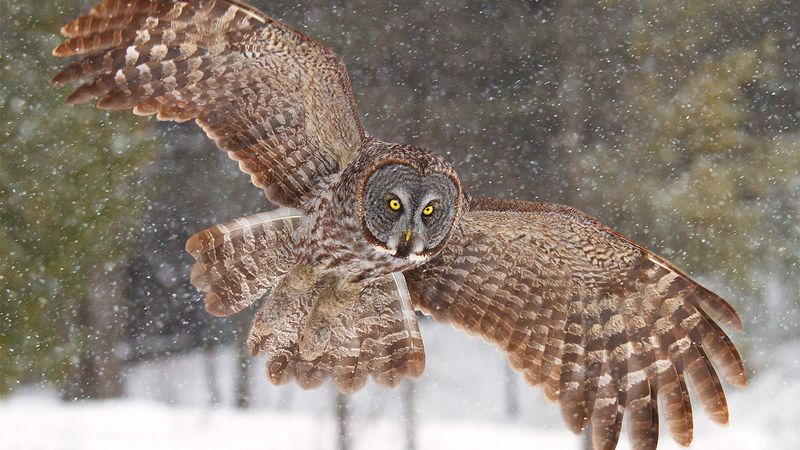
Throughout history, owls have held significant cultural symbolism, often representing wisdom and mystery. In ancient Greece, owls were associated with Athena, the goddess of wisdom, and were considered sacred creatures.
In Native American cultures, they are viewed as protectors or omens. This cultural significance highlights the deep connection and fascination humans have had with owls across different societies.
Their mysterious nature and nocturnal habits have captivated human imagination, leading to their prominent place in art, literature, and folklore. Owls continue to inspire and intrigue, embodying both awe and reverence.
Owls’ Reproductive Behaviors
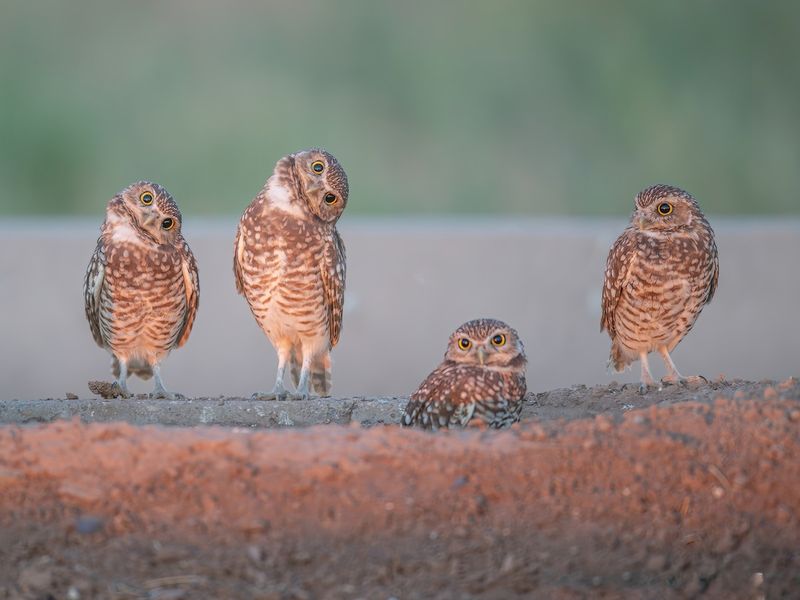
Owls engage in fascinating reproductive behaviors that vary among species. Courtship often involves elaborate displays, including vocalizations, flights, and food offerings. These behaviors help strengthen pair bonds and ensure successful mating.
Owls are generally monogamous, with some species forming lifelong bonds. After mating, the female typically lays a small clutch of eggs, which both parents help incubate.
Parental care extends to feeding and protecting the chicks until they are ready to fledge. These reproductive strategies ensure the successful raising of young, contributing to the stability of owl populations.
Owls’ Predatory Skills
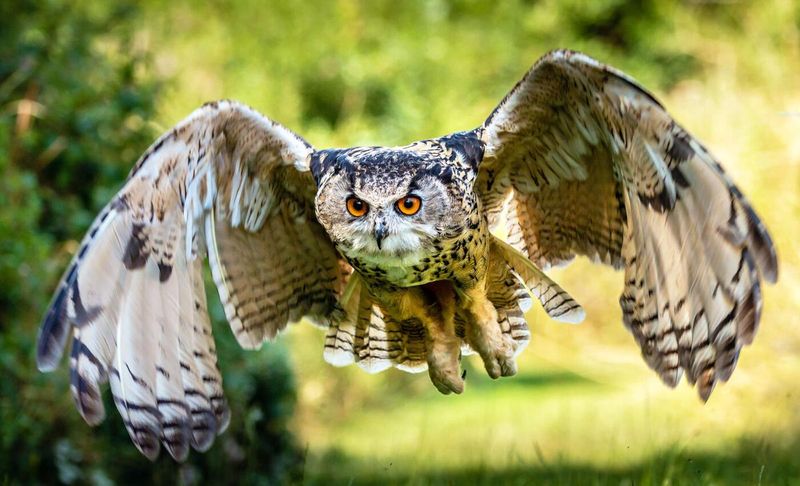
Owls are exceptional predators, equipped with a suite of adaptations that make them formidable hunters. Their silent flight, keen eyesight, and acute hearing allow them to locate and capture prey with precision.
Powerful talons and a sharp beak enable them to catch and kill efficiently. Owls’ predatory skills are honed by their ability to fly silently and navigate through darkness, giving them an advantage over other nocturnal hunters.
These adaptations underscore the owl’s role as an apex predator in many ecosystems, maintaining ecological balance by controlling prey populations.
Owls’ Environmental Impact
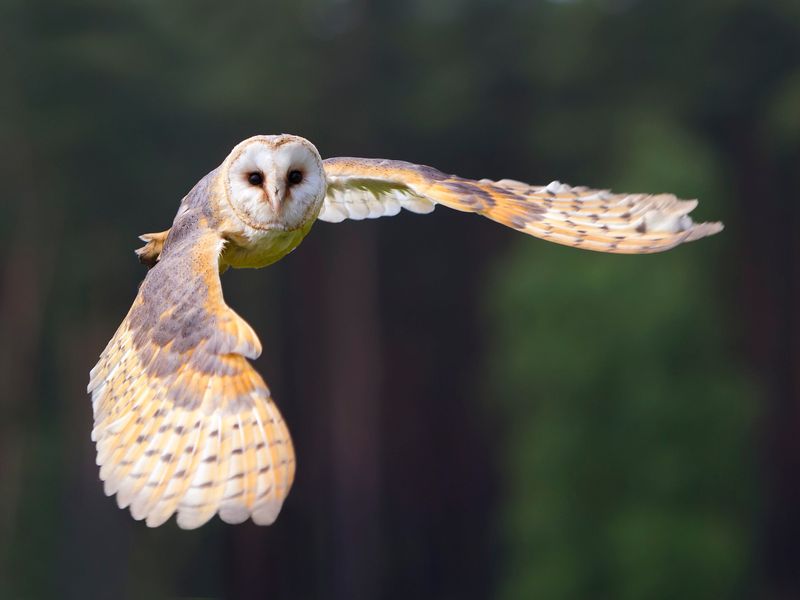
Owls play a crucial role in maintaining ecological balance through their predatory activities. By controlling populations of small mammals, insects, and other prey, owls help prevent overpopulation and the potential spread of disease.
Their presence in an ecosystem can indicate a healthy environment, as they require specific conditions to thrive. Additionally, owls contribute to biodiversity by occupying various ecological niches, reducing competition among other predators.
Their environmental impact underscores the importance of conserving owl habitats to ensure the continued health and stability of ecosystems.

